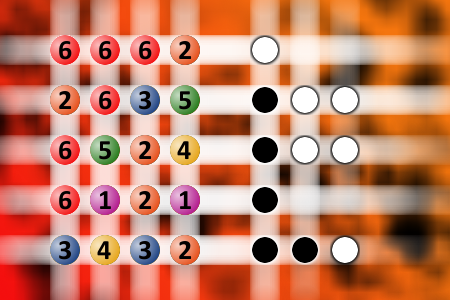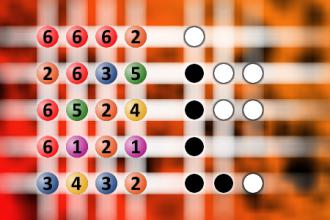What a winning combination?
The computer chose a secret code (sequence of 4 digits from 1 to 6). Your goal is to find that code. Black circles indicate the number of hits on the right spot. White circles indicate the number of hits on the wrong spot.Correct answers: 20
The first user who solved this task is Nasrin 24 T.
#brainteasers #mastermind

Your Breast is Loose
A blonde is walking down the street with her blouse open and her right breast hanging out.
A policeman approaches her and says, "Ma'am, are you aware that I could cite you for indecent exposure?"
She says, "Why, officer?"
"Because your breast is hanging out."
She looks down and says, "OH MY GOODNESS! I left the baby on the bus again!"

